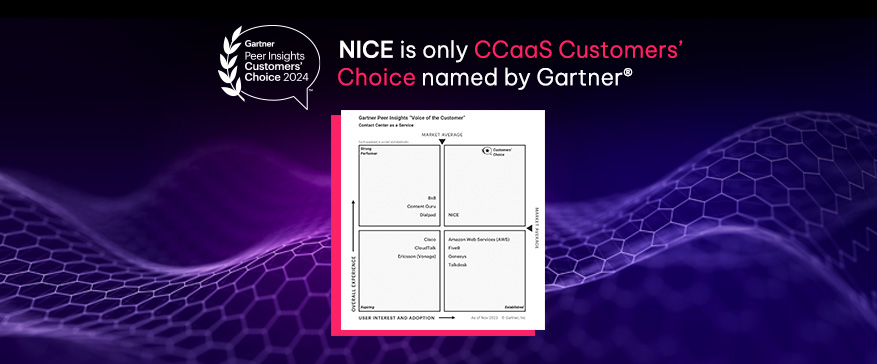Skynet (“The Terminator”), HAL 9000 (“2001: A Space Odyssey”), VIKI (“I, Robot”), Ultron (“The Avengers: Age of Ultron”), Ava (“Ex Machina”), Agent Smith (“The Matrix”), David 8 (“Alien: Covenant”). Pop culture is littered with examples of the potential perils that can happen when AI runs amok. There aren’t many films where a sentient AI remains a friend to humans.
While your
workforce management (WFM) system likely won’t attempt to destroy all of humanity as Skynet tried to, there are legitimate questions and concerns around the effects of AI on the workplace. Sensationalized headlines proclaim that AI is a job killer, stirring up worry that WFM forecasters, schedulers, RTAs, and potentially even agents are at risk of losing their jobs. But is this true?
In a word, no.
How advanced is AI today?
We’re eons away from something like Ultron even being a remote possibility, and AI as a full job replacement for WFM roles isn’t much closer. Human intelligence is a complex concept we still have little grasp on, and creating an AI equal is still quite difficult. Andrew Ng, the scientist who led the Google Brain project, explained this in a
2015 interview with Wired:“A single neuron in the brain is an incredibly complex machine that, even today, we don’t understand. A single ‘neuron’ in a neural network is an incredibly simple mathematical function that captures a minuscule fraction of the complexity of a biological neuron.”AI is in its infancy compared to human intelligence. While we’ve made incredible strides in developing AI technology, it’s still debatable that mimicking human intelligence is achievable within our lifetime. This is not to say, however, that AI does not have serious benefits.
The true benefits of AI
Data is growing at an exponential rate: According to Statista, more than
328 million terabytes of data are created every day. Although your contact center isn’t collecting quite that level every day, you likely still have reams of data, from multiple tools and sources, to dig into. The rise of new digital channels means that more advanced forecasting, increasingly complex scheduling options, and additional metrics for change management have deepened the data pool your WFM team has available. The information in that data could be game-changing for your agents, leaders, and customers—if you have the time to swim through it.
This is where AI becomes your ally. Not as a replacement for the humans as your team but as a force multiplier that can alleviate workload.
- AI isn’t a substitute for your forecaster’s expertise in the art of forecasting, but it can run models quickly, calculate better models for a forecaster to run, and support an expert forecaster in exercising their best judgment.
- AI won’t replace a scheduler’s ability to apply their years of experience, but it can craft a mathematically optimal schedule that an expert can then review and adjust. With the AI-built schedule pre-built as the base, the scheduler has more time to consider what’s best for the business while honoring employee needs.
- A change manager is adept at coordinating schedules as day-to-day work and life changes. AI can support change management by providing rapid lunch/break re-optimizations and schedule change approvals based on the judgment of real-time analysts.
AI doesn’t replace the years of experience and human judgement a strong WFM team does. It can take care of the heavy lifting and menial tasks so the team can put time and focus on important decisions and discernment. Truly, AI may be better called “Augmented Intelligence” of the WFM instead of “Artificial Intelligence.”
In the next blogs in this series, we’ll explore what AI tools are available in CXone today and where the future of AI in WFM is going.









